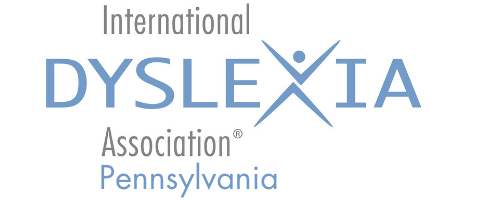About Dyslexia
DEFINITION OF DYSLEXIA
(adopted by the International Dyslexia Association, November 12, 2002)
Dyslexia is a specific learning disability that is neurological in origin. It is characterized by difficulties with accurate and/or fluent word recognition and by poor spelling and decoding abilities. These difficulties typically result from a deficit in the phonological component of language that is often unexpected in relation to other cognitive abilities and the provision of effective classroom instruction. Secondary consequences may include problems in reading comprehension and reduced reading experience that can impede the growth of vocabulary and background knowledge.
What is Dyslexia?
Dyslexia is a language-based learning disability that affects 5 – 17 percent of children in the United States, with estimates varying by local definitions and rates of identification. Dyslexia refers to a cluster of symptoms that result in individuals having difficulty learning how to read and perform other language based skills such as spelling, writing, and pronouncing words. It is referred to as a learning disability since students with dyslexia can have trouble succeeding academically in a regular education curriculum without specially designed instruction, accommodations and other support services. Dyslexia affects individuals throughout their lifetime, however, appropriate interventions can help students and adults develop the skills they need to be successful in school and in life.
Commonly Associated Problems:
- Difficulty memorizing math facts and retaining math concepts
- Difficulty understanding math word problems
- Difficulty with handwriting
- Difficulty with working memory
- Difficulty copying from the board
What is Not Associated with Dyslexia:
- Intelligence – Dyslexia can affect individuals at all levels of intelligence
- Age – Dyslexia is a lifelong condition, although many individuals can learn to read and write well with the proper supports and training
What We Know About Interventions and Treatments for Dyslexia:
- The earlier the intervention is begun, the better the results are likely to be
- Interventions should address specific deficits identified through comprehensive psycho-educational evaluation
- Intervention must include intensive, systematic, structured research-based instructional strategies
- Progress monitoring is essential to be certain students are making sufficient progress and to make appropriate adjustments to intervention strategies
- Direct instruction provided individually or in a small group setting of up to 4 to 6 students has been found to be an effective delivery model
- Intervention plans need to include other areas of functioning that are impacted by the student’s dyslexia and should include accommodations around test-taking and in other subject areas – for example, a student may need extra time, class outlines or notes provided, the use of assistive technology in class, a test reader, etc.
- It is not too late for adults with dyslexia to improve their reading skills
What Parents Can Do:
- Learn about dyslexia
- Listen to your child and try to understand their struggles
- Become an advocate for your child
- Be involved with your child’s education and make direct contact with their teachers
- Provide exposure to reading materials at home (reading aloud to students, providing books on tape, encourage story-telling and story-retelling)
- Facilitate the development of interests and skills that your child has and encourage the pursuit of those interests
To perform a self-assessment click here
Share this page with your friends…
